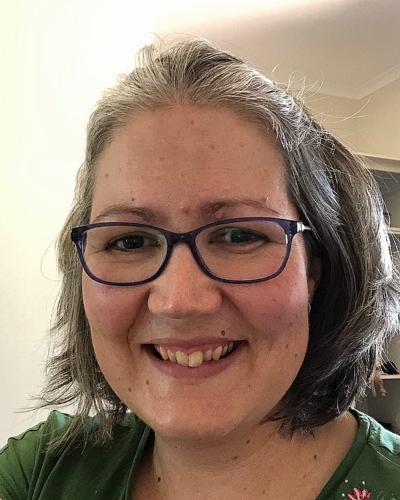Now published, see the full article 
Early Abstract:
Background: Questioning is a key strategy for general information seeking behaviour and teaching used by the dominant culture in Australia. Within an Australian health context the fundamental diagnostic tool used by medical staff is the biomedical interview or history taking which is based on a battery of direct questions. Similarly, many health professionals rely on patient questions to prompt the sharing of information, or to make them aware of gaps in communication. This is problematic for many First Nations people, including Yolηu (First Nations people of North-East Arnhem Land), who are culturally less inclined to use direct questioning as it is deemed impolite within their cultural context.
Methods: Semi-structured conversational interviews using culturally congruent communication processes were conducted with participants in their preferred language. Interviews were translated, transcribed and analysed inductively using QSR International’s NVivo 12.
Results: A total of 30 participants were interviewed (10 health staff and 20 Yolηu with recent experience in engaging with health services). All participating health staff believed that questioning was essential for determining how to best treat patients but many felt questions created problems for some Yolηu patients. They also felt that Yolηu patients ask fewer questions related to their health issues than patients of other cultures. Yolηu participants conveyed overwhelmingly negative experiences with the health system and at the tertiary hospital in particular. Yolηu participants described feelings of frustration, fear and trauma when talking of their experiences and these feelings were often direct outcomes of poor communication with staff. Regarding the use of questions in health care specifically, Yolηu participants identified four key and inter-related conditions within which questioning was deemed an acceptable communication mechanism. Dhämanapan (Connection) was identified as an essential condition for effective communication between health staff and patients. This connection was established and maintained through a shared understandinng of Matha (Language), Dukmaram (Yolηu understandings of healing) and Djunguny (Yolηu norms of polite communication). Strategies for overcoming barriers to effective communication related to the concept of dhuwurr (skill) in health communication which could increase the acceptability of health staff asking Yolηu questions and the confidence of Yolηu patients in asking health staff questions.
Conclusion: The findings from this study indicate a fundamental disconnect between the current health system and the needs of the Yol%u014Bu patients it seeks to serve. In order for this to change Yol%u014Bu patients and health staff need to develop dhuwurr (skill) in health communication which incorporates the four key conditions for effective communication identified in this study. To achieve this, ongoing and mandatory intercultural communication training for health staff is needed, just as mandatory training is required for hygiene and resuscitation training. Intercultural communication training must be comprehensive, reflecting the complexity involved in developing this dhuwurr (skill), and sustained, for example with ongoing support from cultural communication mentors.

